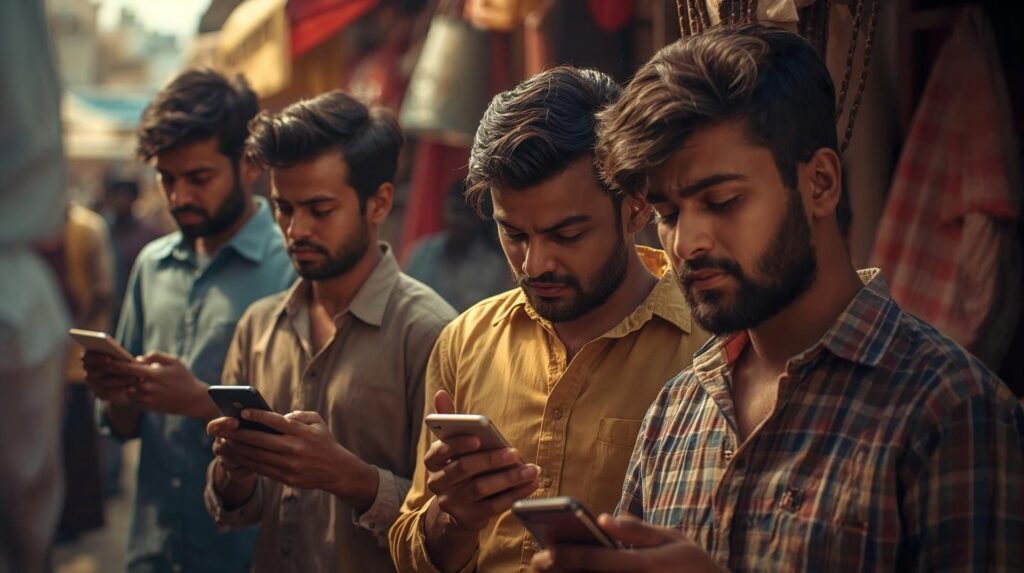India stands at a fascinating crossroads in its digital journey. With over 800 million internet users and nearly half a billion social media identities, the country has become one of the largest online societies on Earth. Yet, beneath this digital dynamism lies a pressing question — can India create and sustain a fully homegrown Indian social media ecosystem that rivals global giants like Meta, X, and YouTube?

The Current Landscape
India’s social media environment is a blend of global dominance and local innovation. While Meta’s family of apps still leads, indigenous platforms such as ShareChat, Moj, and Koo have proven that local needs and vernacular voices can build their own loyal audiences. The government’s push for data localisation and tighter compliance frameworks under the IT (Intermediary) Rules has further tilted the field in favour of local entities, yet scaling remains a formidable challenge.
Global platforms benefit from immense network effects, cutting-edge AI-driven recommendations, and deep ad-tech ecosystems that attract both creators and brands. Indian platforms, while culturally aligned, often struggle with monetization, talent acquisition, and long-term funding.
The Real Question: Is 100% Indian Social Media Possible?
Technically, yes — but practically, not yet. A complete replacement of global platforms would require not just strong products but an entire digital ecosystem: robust creator programs, high-quality moderation, and internationally competitive ad systems. However, India can realistically lead in specific verticals — such as regional content, short video, local-language communities, and social commerce.

If the focus shifts from imitation to innovation, Indian platforms can define their own niche — not as replacements, but as cultural alternatives that speak to the realities of the Indian internet.
SWOT Analysis: The Indian Social Media Equation
Strengths – Massive domestic market, multilingual diversity, and growing smartphone penetration. Government policies increasingly support local platforms through compliance advantage and national data frameworks.
Weaknesses – Limited global reach, weaker monetization tools, and dependence on venture funding. A lack of cutting-edge R&D in AI and moderation often widens the gap with global counterparts.
Opportunities – Rising creator economy, untapped vernacular audiences, and integration of fintech with social apps present powerful expansion frontiers. India’s digital public infrastructure — like UPI and ONDC — could enable seamless commerce-social hybrids.
Threats – Regulatory unpredictability, misinformation risks, and the adaptability of global players. International platforms can replicate local innovations faster and at greater scale.
The Road Ahead

For India to achieve digital sovereignty in social media, it must prioritize quality over quantity — platforms that value trust, transparency, and cultural relevance. Building credibility through robust moderation, creator-friendly monetization, and interoperable ecosystems will be key.
While a 100% Indian social media network may not dominate tomorrow, the seeds have already been planted. The future likely belongs to a hybrid ecosystem, where Indian platforms thrive alongside global ones — shaping a uniquely Indian digital identity that the world can’t ignore.
In short: The goal isn’t to replace the global internet — it’s to redefine it in India’s voice.
